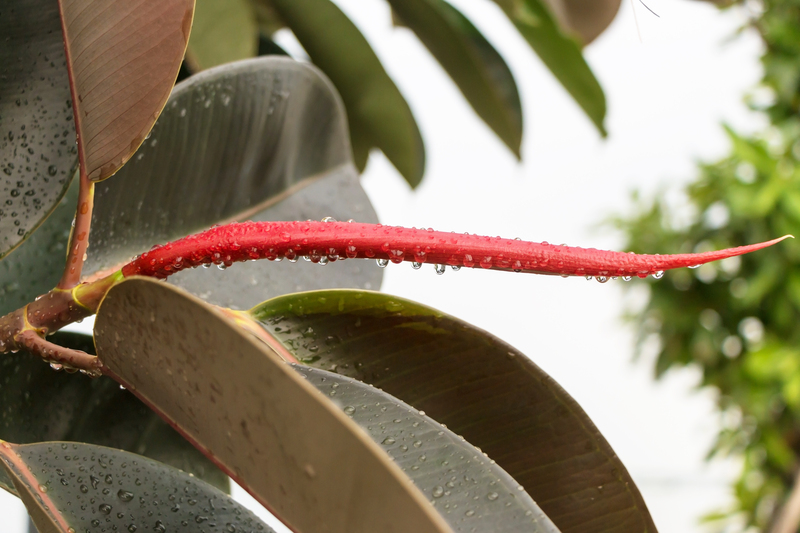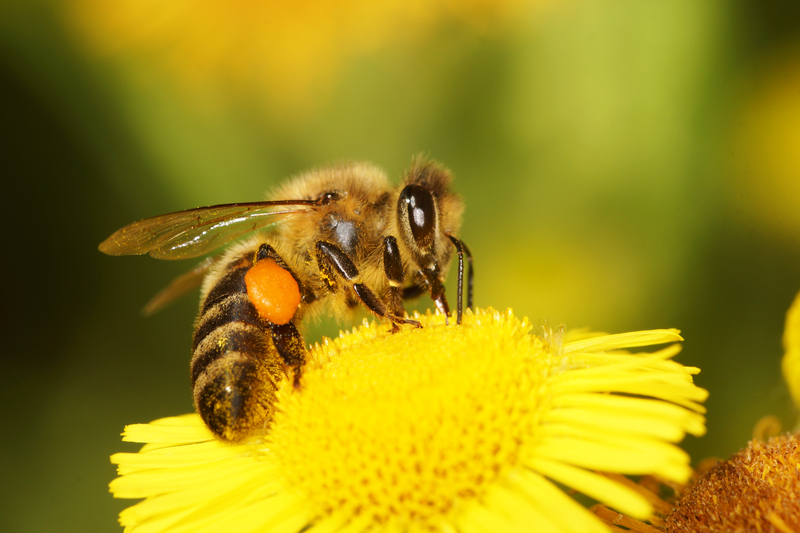Grow Your Green Thumb Without the Sneezes: Tips for Gardening with Allergies
Posted on 14/05/2024
Gardening is a wonderful hobby that allows you to connect with nature, get some physical activity, and produce beautiful plants and flowers. However, for those who suffer from allergies, gardening can be a challenge. The very act of digging in the dirt and being surrounded by pollen-producing plants can cause an onslaught of sneezing, itching, and watery eyes. But don't give up on your green thumb just yet! With some simple tips and precautions, you can still enjoy gardening without aggravating your allergies.
Tip #1: Know Your Allergies
The first step to gardening with allergies is understanding what triggers your symptoms. Do you have seasonal allergies to grass or pollen? Are you allergic to specific plants or insect bites? Knowing your allergies will help you make informed choices about what to grow in your garden and how to protect yourself while gardening.

Tip #2: Choose Low-Allergen Plants
When planning your garden, opt for low-allergen plants such as roses, daisies, and pansies. These plants have lower levels of pollen and are less likely to trigger allergy symptoms. Avoid high-pollen plants like pine trees, ragweed, and goldenrod. You can also check with your local nursery or online resources for a list of low-allergen plants specific to your area.
Tip #3: Time Your Gardening Wisely
Timing is key when it comes to gardening with allergies. Pollen counts are typically highest in the early morning and early evening, so try to avoid gardening during these times. Instead, plan your gardening activities for cooler and more humid times of the day when pollen levels are lower.
Tip #4: Wear Protective Gear
One of the best ways to prevent allergies while gardening is by wearing protective gear. This includes gloves, long-sleeved shirts and pants, sunglasses, and a mask or respirator if needed. These items can help shield you from allergens and prevent them from coming into contact with your skin or entering your respiratory system.
Tip #5: Keep Your Garden Clean
Regularly cleaning your garden can help reduce the amount of allergens present. This includes removing dead plants and flowers, raking leaves, and keeping plants well-watered to prevent pollen from spreading. You should also wear gloves while gardening to avoid coming into direct contact with pollen or potential irritants like insect bites.
Takeaways:
- Understand your allergies and choose low-allergen plants for your garden.
- Time your gardening activities wisely to avoid high pollen levels.
- Wear protective gear, such as long-sleeved clothing and a mask, while gardening.
- Keep your garden clean by regularly removing dead plants and watering effectively.

The Pros and Cons of Gardening with Allergies
Pros:
- Gardening is a great way to de-stress and connect with nature.
- Low-allergen plants can still provide plenty of beauty in your garden.
- With proper precautions, you can still enjoy gardening without aggravating your allergies.
Cons:
- Allergy symptoms can be uncomfortable and affect your enjoyment of gardening.
- It may take some trial and error to find the right plants that won't trigger your allergies.
- Some allergies, such as insect bites, cannot be completely avoided while gardening.
Conclusion:
With these tips in mind, you can still indulge in your love for gardening without constantly sneezing. Remember to always know your allergies, choose low-allergen plants, time your gardening activities wisely, wear protective gear, and keep your garden clean. By taking these simple steps, you can grow a beautiful and allergy-friendly garden without having to sacrifice your green thumb. So get out there, put on those gloves and get gardening!







